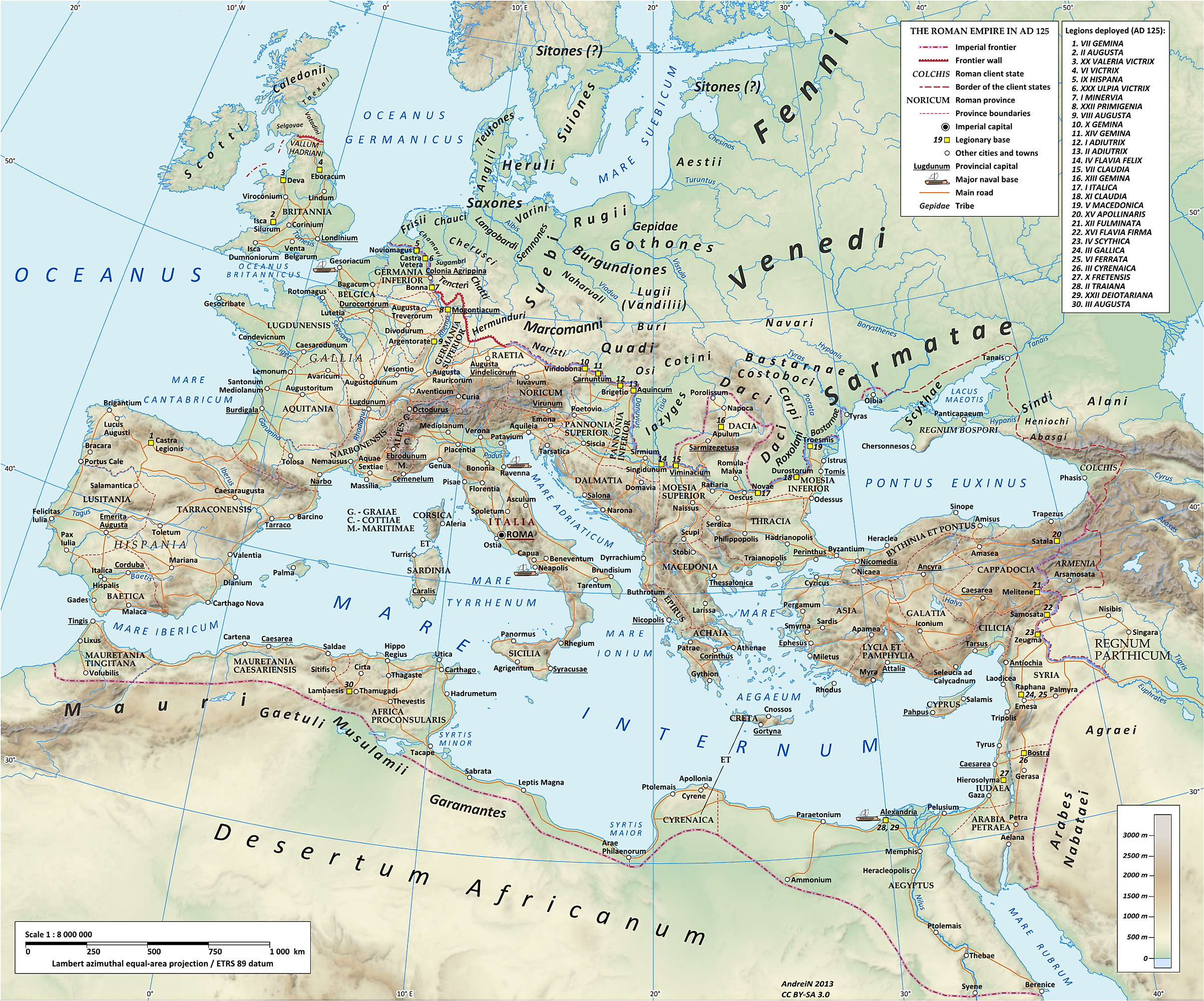
Ancient Roman Inventions That Are Still Used Today
The Ancient Roman Empire was one of the largest and longest lasting empires in ancient history. It was also one of the most influential: Roman philosophy, technology, architecture, art, and literature have been instrumental in shaping the modern world. At its height, the Roman Empire was the largest civilization in the West, owing largely to the innovations and inventions driving its exceptional growth. Below are some inventions that were crucial to the development of the empire, and that continue to be use -in some form or another- today.
Arches
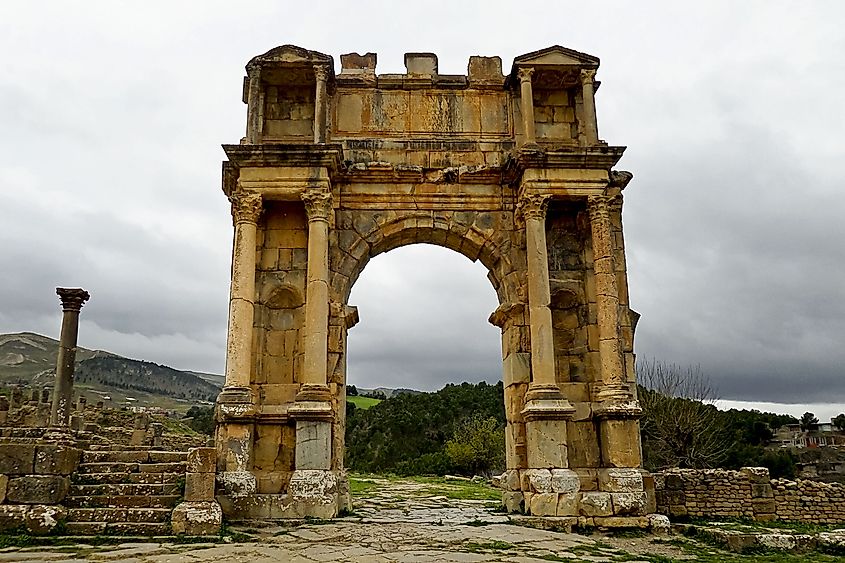
Architectural arches were likely invented by the Etruscan civilization, an ancient Italian culture that eventually became part of the Roman Empire. However, it was the Romans who refined the use of these structures and perfected them into the form we recognize today.
Arches, which are a hallmark of ancient Roman architecture, are considered by historians and architects to have laid the groundwork for modern architecture. They allowed the Romans to construct large buildings without the need for columns, enabling a more rapid and efficient expansion of their empire. Furthermore, arches are valued for their versatility, as they can be employed in various structures, including vaults, aqueducts, temples, and ceremonial triumphal arches.
Newspapers
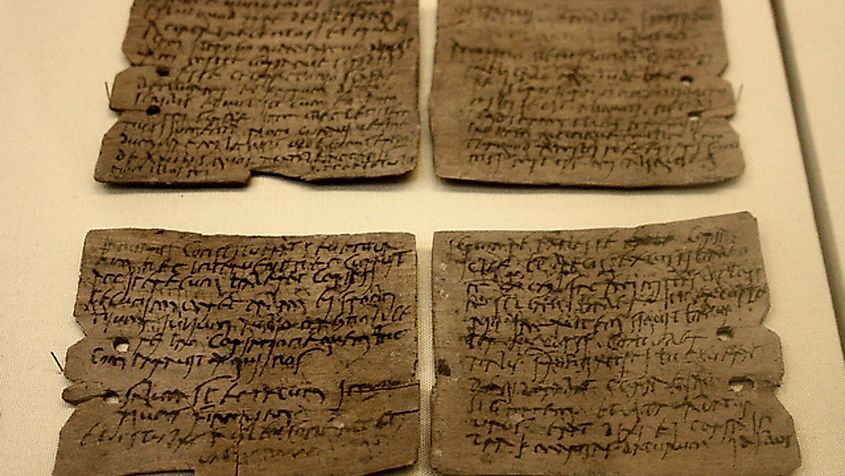
Julius Caesar ordered the establishment of the Acta Diurna, a handwritten daily government “newsletter” that was published and posted for the public to read. The Acta Diurna kept citizens informed about official news, business, marriages, trials, politics, and military affairs.
Though this newsletter was only one page long, it served as an important source of information for citizens who had no other means of staying updated. Since then, newspapers, whether government-run or private, have remained the primary source of news for the public.
Postal Service
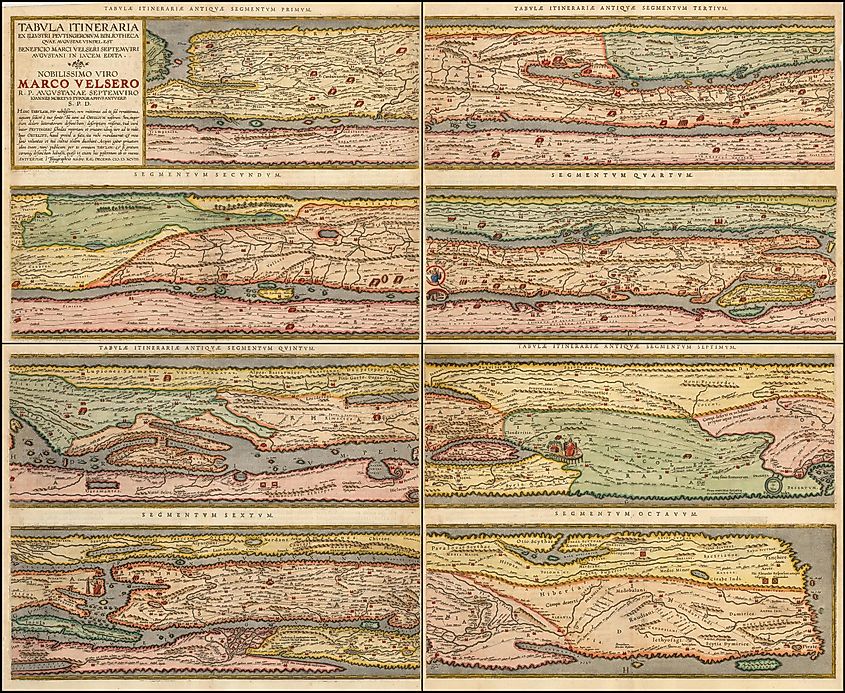
The Cursus Publicus of the Roman Empire was one of the first postal systems in history. Established by Emperor Augustus in 20 BCE, it was designed to facilitate the delivery of official government correspondence, including taxes and intelligence reports.
Initially, postal workers would pass mail from one person to another, but this process evolved to allow a single messenger to deliver a message from start to finish. This change enabled recipients to ask the messenger for more information about the mail.
The postal service operated for about 300 years, relying on delivery personnel who rode horses and oxen. Only one surviving map indicates the extent of this system. The Tabula Peutingeriana, located at the Austrian National Library, shows over 500 Roman cities that served as delivery locations.
Today, national postal services, such as the United States Postal Service and the Royal Mail, are standard in most countries around the world.
The Julian Calendar
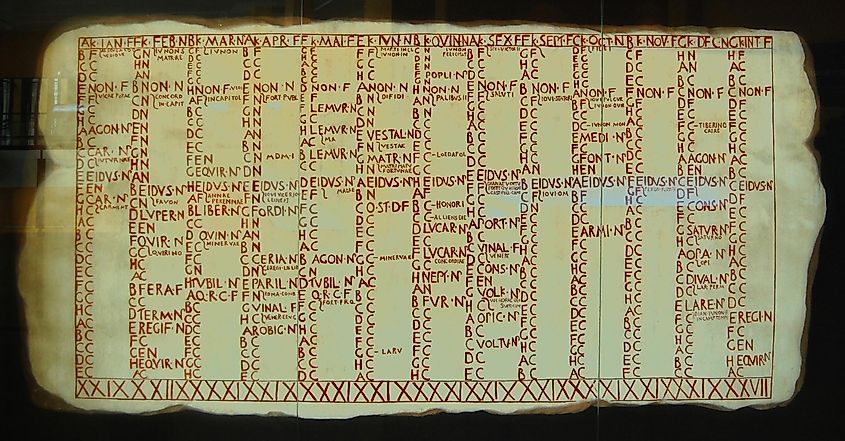
The Julian Calendar was a dating system created by Julius Caesar and established as the Roman Calendar. Before Caesar's innovation, the Roman calendar relied on the lunar cycle and required adjustments every few years by a group of pontifices, or Roman priests. This led to significant inconsistencies and inefficiencies throughout the empire, resulting in people being unsure of the date or different provinces operating on different timeframes.
The introduction of the Julian Calendar standardized date-keeping across the Roman Empire and included a leap year to address seasonal misalignments.
The Julian Calendar was widely used throughout most of Christian Europe and parts of the Americas until around the 16th century, when the world began to transition to the Gregorian Calendar. The Gregorian Calendar, which is the most commonly used system today, retained many elements from the Julian Calendar but made slight adjustments to shorten the year for greater accuracy.
Urban Planning
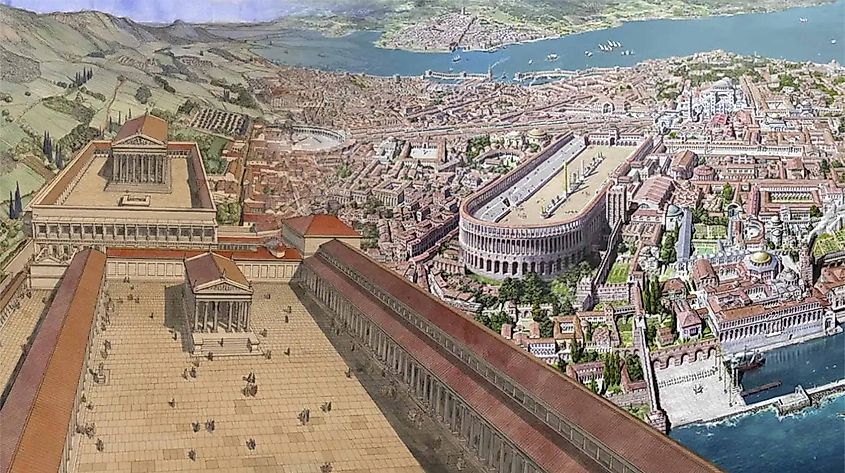
Roads, of course, were not invented by the ancient Romans. However, it was the Romans who connected remote corners of the empire in an unprecedented network of roads, grids, and civic centers. The Roman proclivity for urban planning and infrastructure ensured the smooth flow of troops, goods, and information.
The Roman road system consisted of a hierarchy of main roads (somewhat like highways) that connected distant cities complemented by secondary roads connecting towns and villages. The roads were designed with the aim of making it easier to connect the capital to the rest of the empire, hence the phrase “All roads lead to Rome”. Today, many European highways and urban grids are modelled after or are direct successors of Roman innovation.
Aqueducts
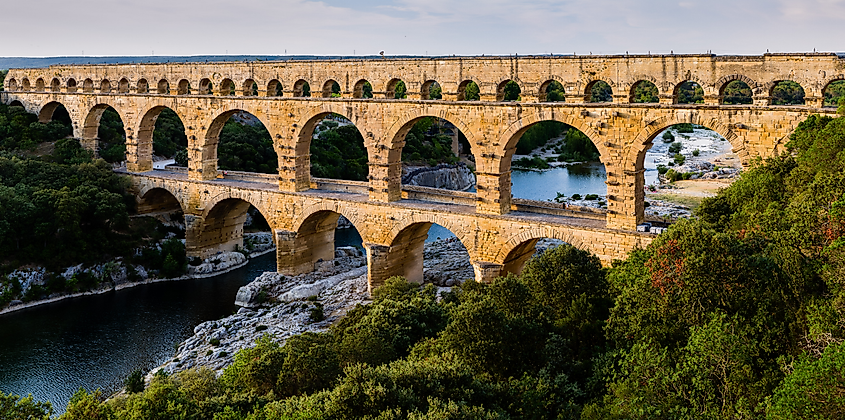
Earlier civilizations utilized simple canals and channels to meet their water needs, but the first true aqueduct was built by the Romans around 312 BCE. An aqueduct is a large structure designed to transport significant amounts of water from one city to another, especially over valleys and large gaps. Roman aqueducts supplied water to numerous Roman cities and were used for irrigation, drinking, and, importantly, sanitation. The Romans were renowned for their public baths, many of which were supplied by these aqueducts.
Roman aqueducts remained virtually unchanged for hundreds of years. While modern aqueducts have been significantly improved, they still rely on the same basic principles used thousands of years ago. In fact, some ancient Roman aqueducts, such as the Aqua Virgo in Rome, are still functioning today.
Roman Numerals
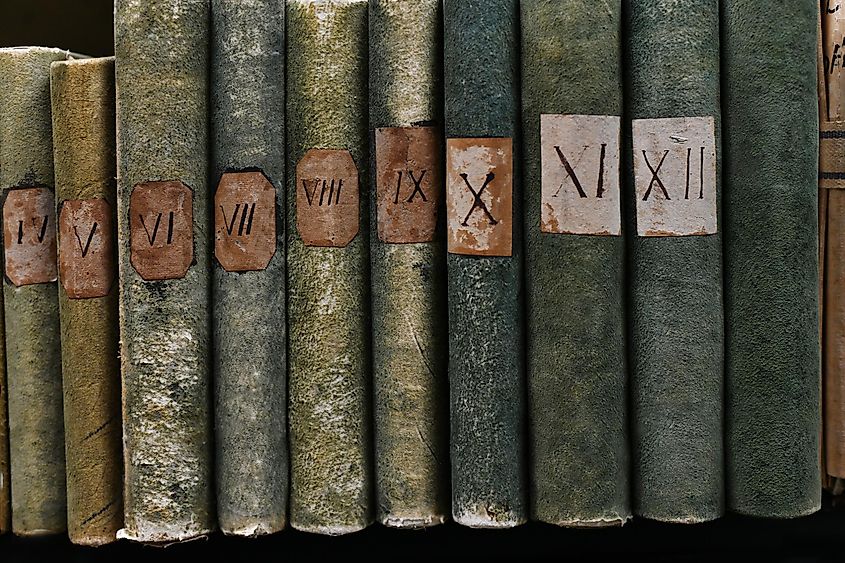
As you may know, Roman numerals originated from the Roman Empire. The symbols used on clocks and in titles were part of a counting system widely adopted across their vast territory. The motivation behind their creation was to establish a standardized mathematical system that could be easily taught and utilized. This new system provided the versatility the Romans needed for efficient trade and communication.
Unfortunately for the Romans, their numeral system was not sustainable. It proved to be too flawed for use in the modern world. For instance, they lacked a symbol for zero and could not express fractions. As a result, much of Christian Europe transitioned to Arabic numerals, which continue to dominate most Western languages today.
The inventions of the Romans serve as a testament to the spirit of innovation and development that contributed to their power. Today, we can still see remnants of the Roman Empire in our cultural consciousness.











